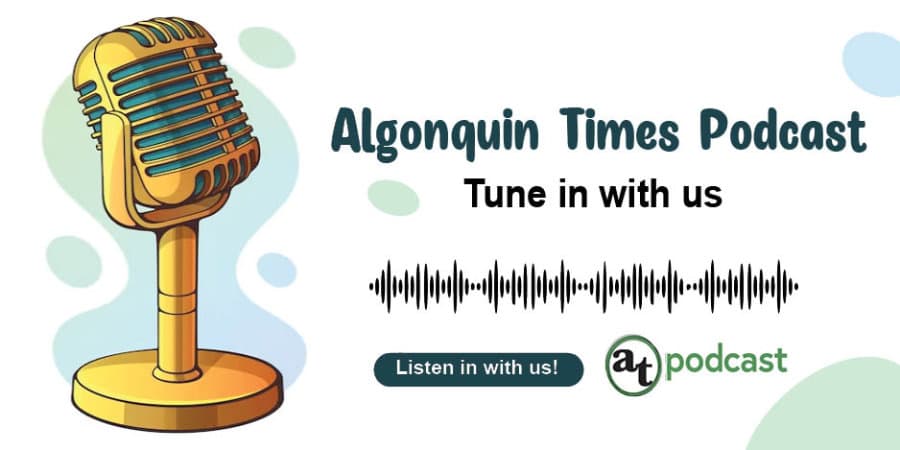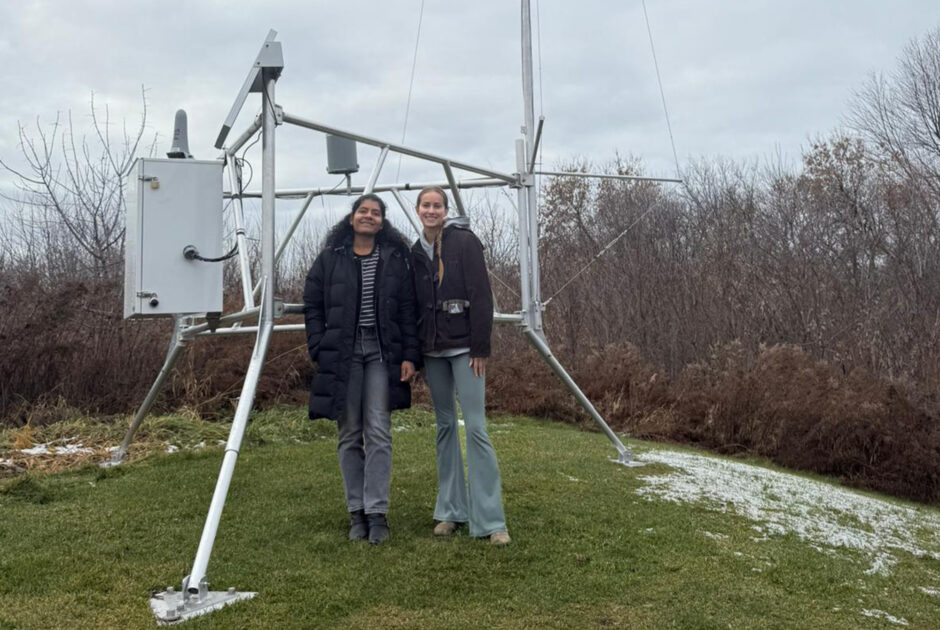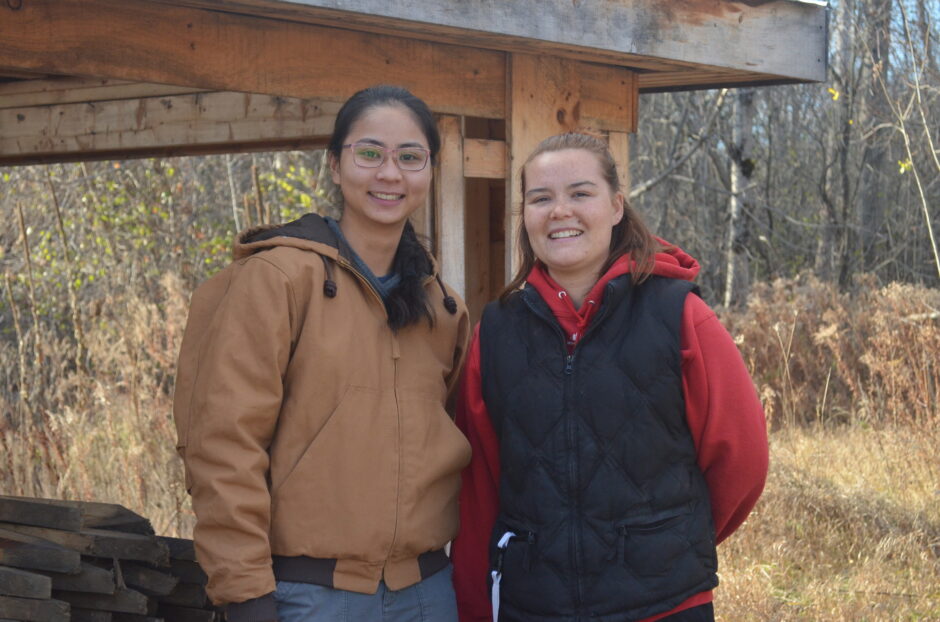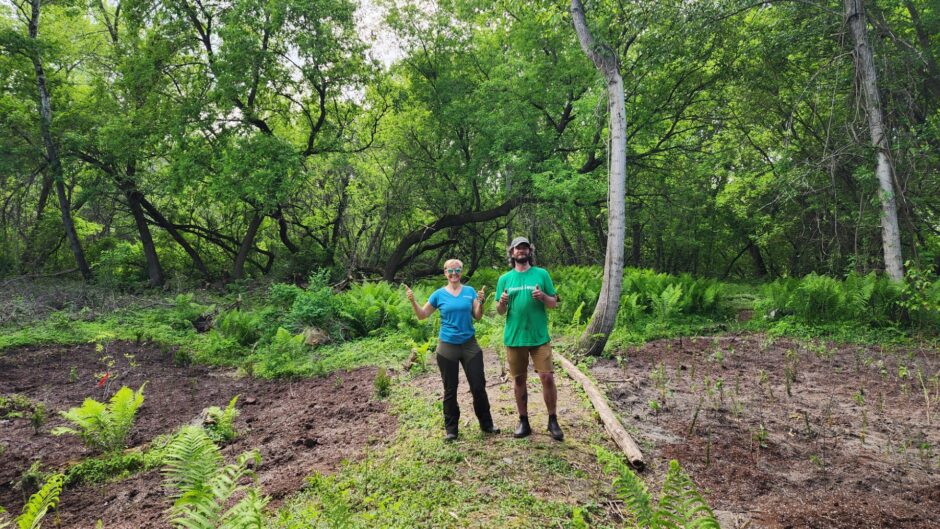Solutions: Student-developed app aims to support access to green home grants
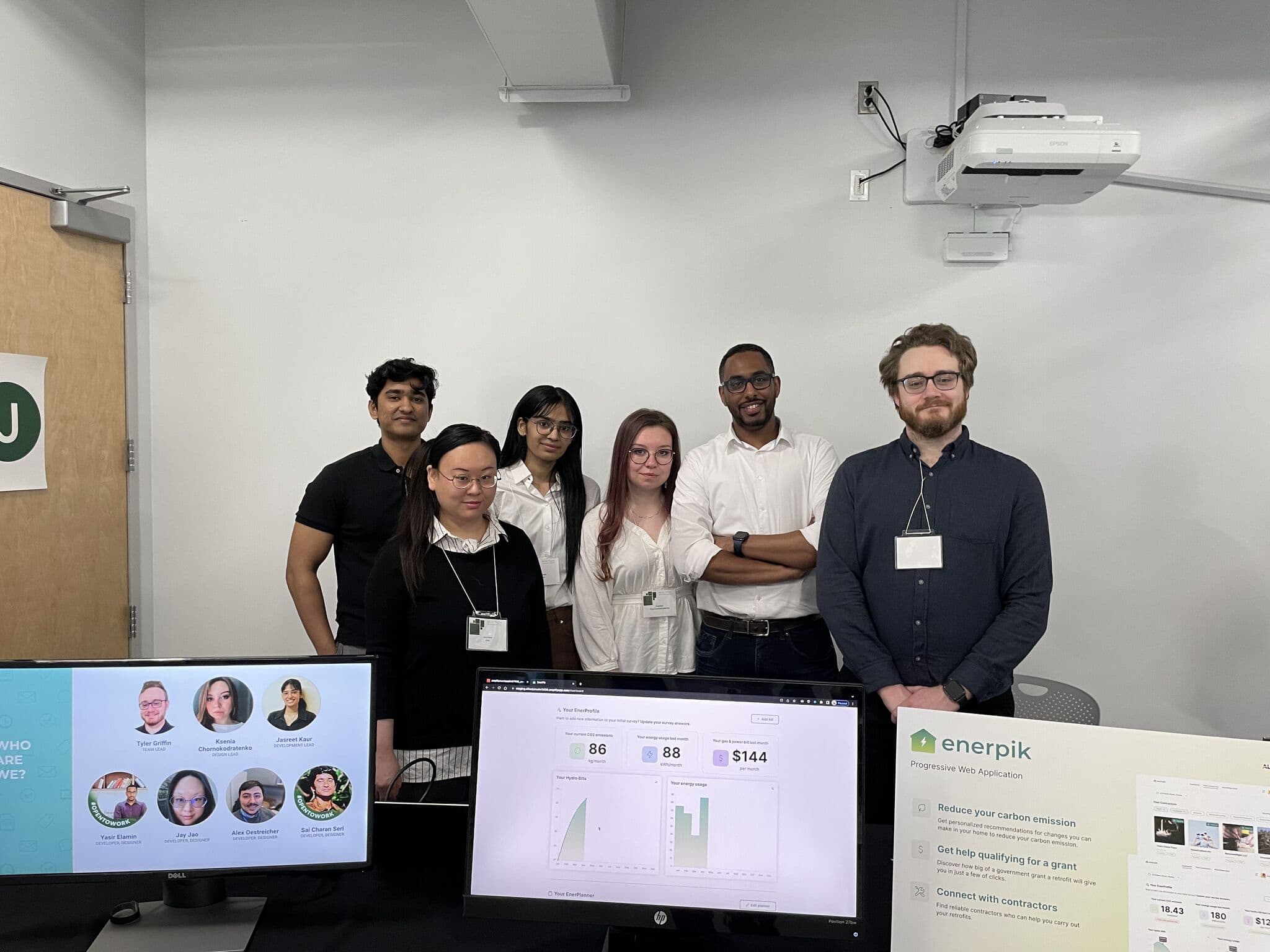
For some homeowners, the accessibility of clean energy retrofits for homes is a source of frustration and confusion.
“I heard about (grants),” said Sun Jie, an Ottawa homeowner. “But if they really want people to be interested in it, they have to simplify the application process, as well as the compliance requirements.”
Jie is not alone. Pratigga Chowdhury, the communications and events organizer for Ecology Ottawa, shares Jie’s frustrations and said that the process to access these green energy grants is not affordable.
“Having to wait a year for funding, people can’t afford that,” Pratigga said. “For these big changes, say you want to switch to a heat pump, that’s a lot of money. And especially when we are facing a cost of living crisis, it is hard for most people to maintain a household. How can we really say that we are encouraging people to make the right choice when they have to wait a year for funding?”
In June 2021, the federal government launched the Canada Greener Homes Grant. The grant aims to help homeowners across Canada make their homes more energy-efficient and lower their energy bills. The government says it will help reduce energy waste, create good jobs and foster a green economic recovery.
Canadians seem to be taking advantage of this opportunity.
As of January 2022, over 184,000 applications have been registered.
However, there are issues surrounding access to the grant. There is often a long wait period to hear back from the government after applying and homeowners can discover that their retrofits are not covered under the grant.
Students at Algonquin College helped develop a possible solution to tackle this issue.
EnerPik is a web app that helps homeowners determine eligibility for clean energy grants. According to the EnerPik website, the app helps guide “homeowners through the retrofit process, so they can feel confident in their decisions and track their progress along the way.” It also details how much carbon emissions a home is producing and gives tips on how to reduce it.

The app also aims to help homeowners through the process of finding reputable contractors to conduct the work.
Tyler Griffin, a graduate of the mobile application design and development program, led a team of five students to develop the app based on the client’s desires in the winter 2023 semester.
“We met weekly with our client,” Griffin said. “Our design lead and designers went back and forth with him for the vision, checking what they wanted and delivering what they wanted.”
The client for this project is Shakir Ismail, a senior project manager and sustainability advisor for WSP Canada. He pitched his vision of an accessible, minimalistic cross-platform mobile application to the faculty at Algonquin College. Shakir wanted an app not only to connect both homeowners and contractors, but guide homeowners through its knowledge base to qualify for eligible grants.
“That idea (app) would be something the government would jump upon because it is unique in the market,” said Ismail.
Ismail said that while the barrier to entry is greater, the retrofits can help consumers save money in the long run.
“The switch to electricity is a bit more expensive, from a utility cost standpoint. But it also means that you’re saving up because you’re paying less money for gas,” said Ismail.

The app itself has its challenges. For starters, it hasn’t actually been tested yet with real homeowners. The limited development time for the app meant that the development team had to cut some corners to complete the app on time for Ismail.
“This project is way too big to get it done in a semester,” Griffin said. “It is essentially two apps, one for users and one for contractors. So we faked the contractors with ten to twenty dummy contractors.”
According to Ismail, the app from the technical side is a good starting point but operations-wise, it needs a lot of upgrades.
“I wasn’t entirely confident in the sampling size nor the quality of data. To be honest, I think a lot of it was just them trying to get done with things. I don’t think it had its full extent of like academic analysis. From a market research standpoint, there’s a bit more to do there. This really affects the business case for the project itself,” said Ismail.
However, Ismail trusts the proof of concept is usable with improvements. He still expects the government to request proposals like his that build upon the work of projects like EnerPik.
While waiting for the government’s action, Ismail reached out to local community leaders but found that they are interested in other solutions and not the app itself.
“They were looking for hands-on solutions to reduce energy which is not the business case of EnerPik,” said Ismail.




